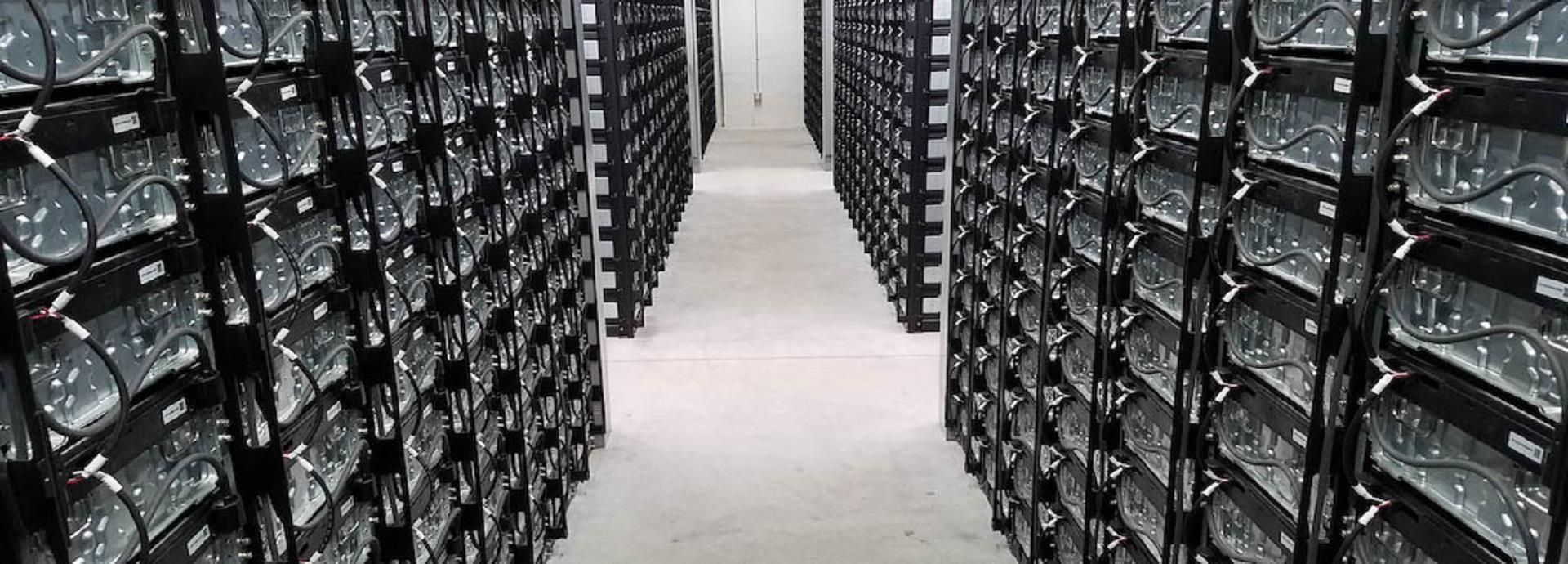

The demand for energy is at an all-time high.
Immense population growth and rising standards of living in developing countries are key drivers of growth in energy demand. This has led to Energy Storage Systems (ESS) playing a pivotal role in addressing the growing power demands.
A report titled “Grid-connected energy storage market tracker H1 2017”, by IHS Markit, states that the global ESS market size was USD 1.5 billion in 2016 and is forecast to rise to USD 7 billion by 2025.
But it’s not all cakewalk for the industry.
“While the ESS market is growing rapidly, a significant barrier to growth is financing risk. ESS assets are built to last ten years or longer; however, long-term performance data for grid-scale ESS does not exist. The US Department of Energy (DOE)’s Energy Storage Database shows that the median operating lifetime of grid-scale battery energy storage systems is four years and nine months,’’ says David Miller, Director of Business Development, Greensmith Energy – a Wärtsilä Company.
“Major equipment vendors release new energy storage products every 12 to 18 months, meaning that past performance may not be indicative of future results. In addition, many markets for ESS face uncertainties that make revenue forecasting a difficult task,’’ adds Miller.
Battling Revenue Uncertainty
ESS solutions generally come with a usable lifetime of ten or more years depending on the ESS technology and usage profile. But many of the crucial electricity market services that ESS offers are garnered with short-term contracts.
ESS projects often drive revenue from auxiliary services and capacity markets, which do not offer long-term contracts in the majority of cases. The procurement mechanism, as well as market value for these market services, transforms in unknown ways during the life of the ESS solution.
Encouraging Renewable Energy Production
Energy Storage Systems also complement the renewable sources of energy like solar and wind which are witnessing a significant traction in terms of deployment owing to rising pollution levels particularly in developing economies like India and China.
“Generally, we see energy storage deployment following the deployment of renewable resources like wind and solar. The reason is that energy storage is used to solve some of the grid issues that wind and solar create. These issues include grid frequency stability as well as temporal mismatch between energy production and energy consumption,’’ Miller explains.
He also states that both China and India now consume more than 10% of their energy from renewable resources, and the percentage of renewables in both countries is growing quickly.
Evolution of Hybrid Systems
The ESS segment is also witnessing the evolution of hybrid systems that combine solar with ESS storage systems and also other generation resources.
“With solar + ESS projects, many islands and remote grids are looking at solar PV and energy storage to help offset high fuel charges. Solar + ESS can deliver evening energy at lower rates than diesel generation. ESS is also being deployed to increase performance from existing generation assets,” says Miller.
“We have already seen successful integration of an engine and storage project in Finland and with AEP (American Electric Power), a hydro and storage project in Virginia. Both of these projects demonstrate how energy storage can optimise all generation assets,’’ Miller adds.
How can we future-proof energy storage?
To develop future-proof energy storage systems, storage developers should harness technology and project engineering tailored specifically for flexibility. Future-proofing also demands commercial agreements as well as analytical expertise to enhance the operational value of energy storage.
“ESS projects can be future-proofed by 1) installing a flexible controls architecture, 2) planning the right way for battery capacity augmentation, and 3) tracking ongoing operation with a flexible warranty. We see flexibility as the number one factor. Battery storage can be scaled in a building-block fashion, but you can save a lot of money in future expansions if you design for expansion capacity initially,’’ points out Miller.
According to Miller, while battery designs are changing rapidly, engineering design to ensure future flexibility is tricky.
Maximising Revenue
That said, future-proofing a system is the most important measure to maximise revenue. This is valuable for an ESS operator, for whom the rate of return, which includes revenue and cost, is the most crucial aspect.
“The way to maximise the rate of return is to future-proof a system by building flexibility into the design. We have systems where our customers do not have long-term contracts with their off-takers. By future-proofing an energy storage investment, we enable our customers to maximise their rate of return, regardless of underlying market conditions,’’ adds Miller.
While the factors associated with revenue generation vary from region to region by a great margin, ensuring maximum scalability for a streamlined revenue generation is a strategy backed by a large segment in the industry.
